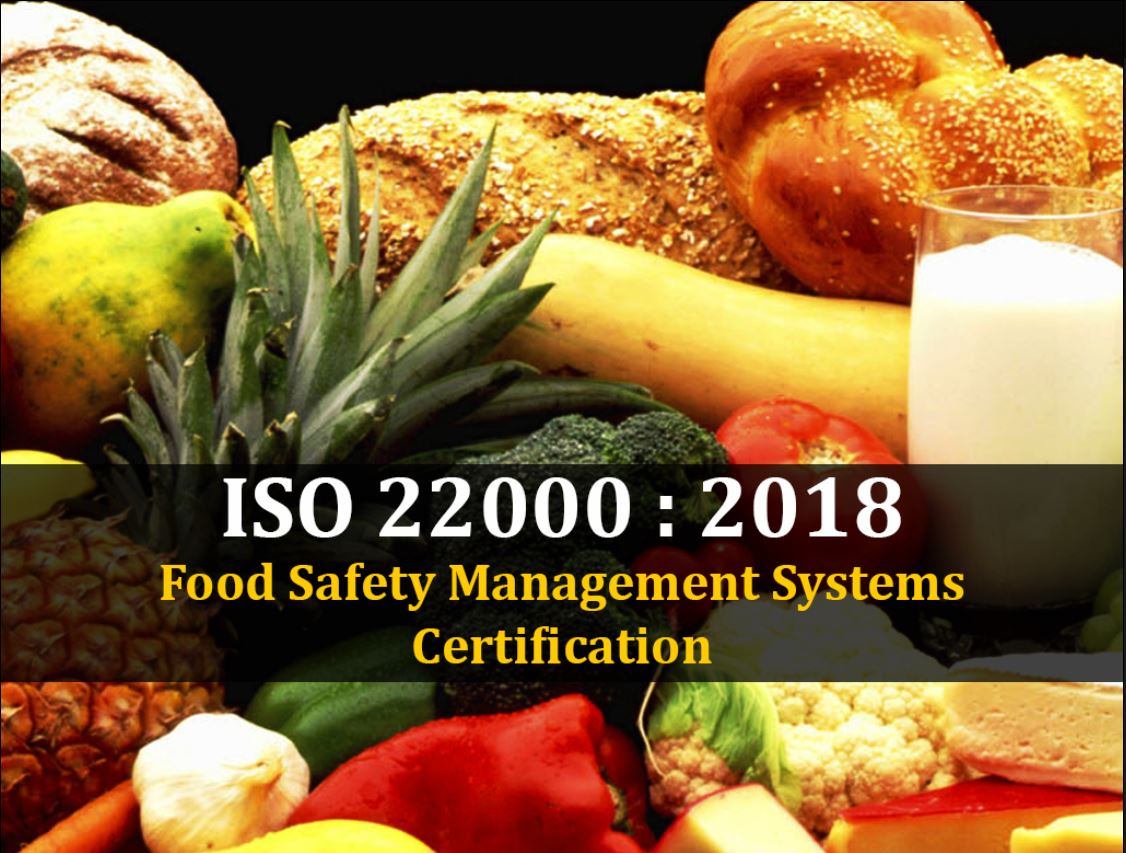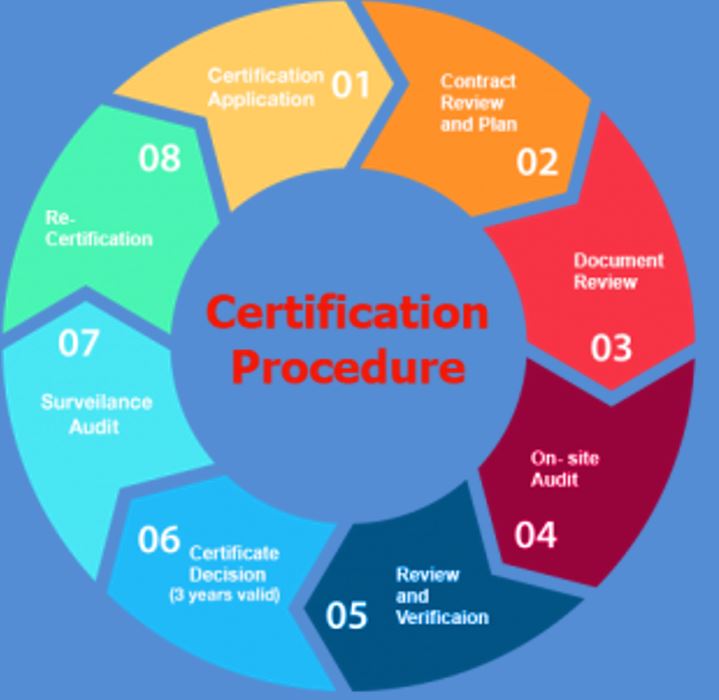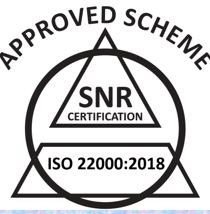ISO 22000:2018 Food Safety Management System
- Home
- ISO 22000:2018 Food Safety Management System





ISO 22000 – Your Commitment to Serve “Safe Food’
ISO 22000 sets out the requirements for a food safety management system and can be certified to it.
It maps out what an organization needs to do to demonstrate its ability to control food safety hazards in order to ensure that food is safe.
It can be used by any organization regardless of its size or position in the food chain.
Whatever their size, or product, all food producers have a responsibility to manage the safety of their products and the well-being of their consumers. That’s why ISO 22000 exists.
.
SNR certification is offering ISO 22000) certification services to valuable clients since many years. SNR Certification has long list of satisfied clients in more than 30 countries. We have the competence & clientele in all Food chain like.

It maps out what an organization needs to do to demonstrate its ability to control food safety hazards in order to ensure that food is safe.
ISO 45001 A tool to show Business Concerns on Human Life & well being.
ISO 9001 is the ISO’s most known standard due to its applicability on all businesses, flexible approach.
ISO 14001 is an internationally agreed standard that sets out the requirements for an EMS.
ISO 22000 sets out the requirements for a food safety management system and can be certified to it.
When it comes to keeping information assets secure, organizations can rely on the ISO/IEC 27000 family.

ISO 22000 sets out the requirements for a food safety management system and can be certified to it.
Organization to analyses its context, determine its interested parties, define the scope of the food safety management system, and a clear focus on the processes and requirements needed to achieve the food safety objectives.
The top management would easily skip audits without a reason – not anymore. This time around, the auditor will require the presence of the top management to discuss matters related to leadership.
This includes requirements about planning, implementation, maintaining and updating an FSMS as well as effective communications. There are no normative references within the standard.



